Microsoft unveils new link-context technology that could radically change the way we use Edge
It would greatly streamline workflows.
3 min. read
Published on
Read our disclosure page to find out how can you help Windows Report sustain the editorial team. Read more
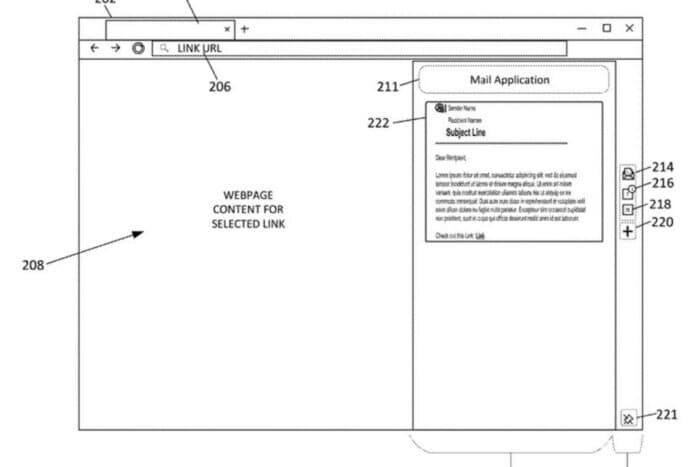
Imagine you’re sitting at your desk, working away on your desktop application, and you stumble upon a link in a document that piques your interest. You click on it, and your web browser opens up, loading the linked webpage. But what if, along with that webpage, you could also see the link’s context directly in your browser? No more flipping back and forth between applications to remember why you clicked on that link in the first place.
If this sounds convenient, we have some good news for you. Microsoft has been working on this technology with its latest patent application.
This new technology transfers link context from a desktop application to your web browser. So, when you click on a link in an email or a Word document, the browser opens the link and brings along a snippet of information from the original document.
This snippet could include the desktop application’s name, the document’s name, and the user’s details.
But how does it work? Once the web browser receives the web address and this additional link context, it identifies a browser-based application that matches the desktop application you were using. It then launches this browser-based version within the web browser, like a sidebar pane, and feeds it the link context. This means you can see the document and the webpage side by side, right within your browser.
For instance, if you clicked on a link in an email, the browser could open the corresponding web-based email application in a sidebar, showing you the email that contained the link. This way, you can see the email and the webpage it is linked to simultaneously, making your browsing experience more seamless and integrated.
What’s even better is that this technology isn’t limited to emails. It could work with any document or application, from word processors to spreadsheets, as long as a web-based counterpart can be launched within the browser.
This could be a future Microsoft Edge feature, as the Redmond-based tech giant has all the tools to make it happen: Edge is now on the roll, and the browser is experiencing a surge in users, and for good reason. The browser is improving with each update, and it already has a sidebar that can be used to employ the technology.
Let’s not forget that the Microsoft 365 apps have a web-based counterpart to make this technology possible. Word, Excel, and PowerPoint for the Web are available, and Microsoft is keeping them well updated—they recently received a new interface.
So, while the technology is still at the level of a patent, it has great applicability, and it could be one of the many capabilities that would Edge the edge (sorry for the pun) to move ahead and get closer to the titan that is Google Chrome.
You can read the patent here.
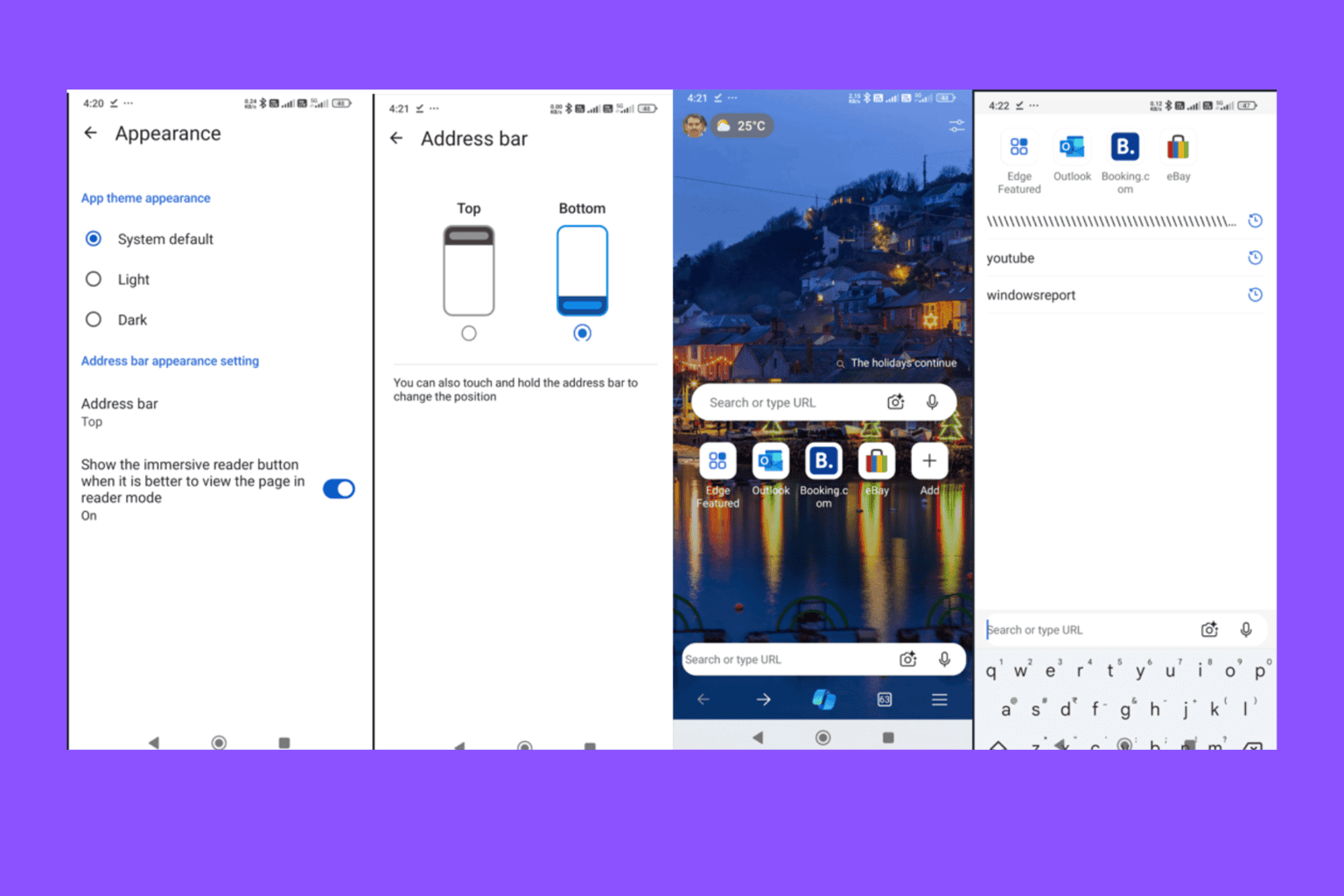
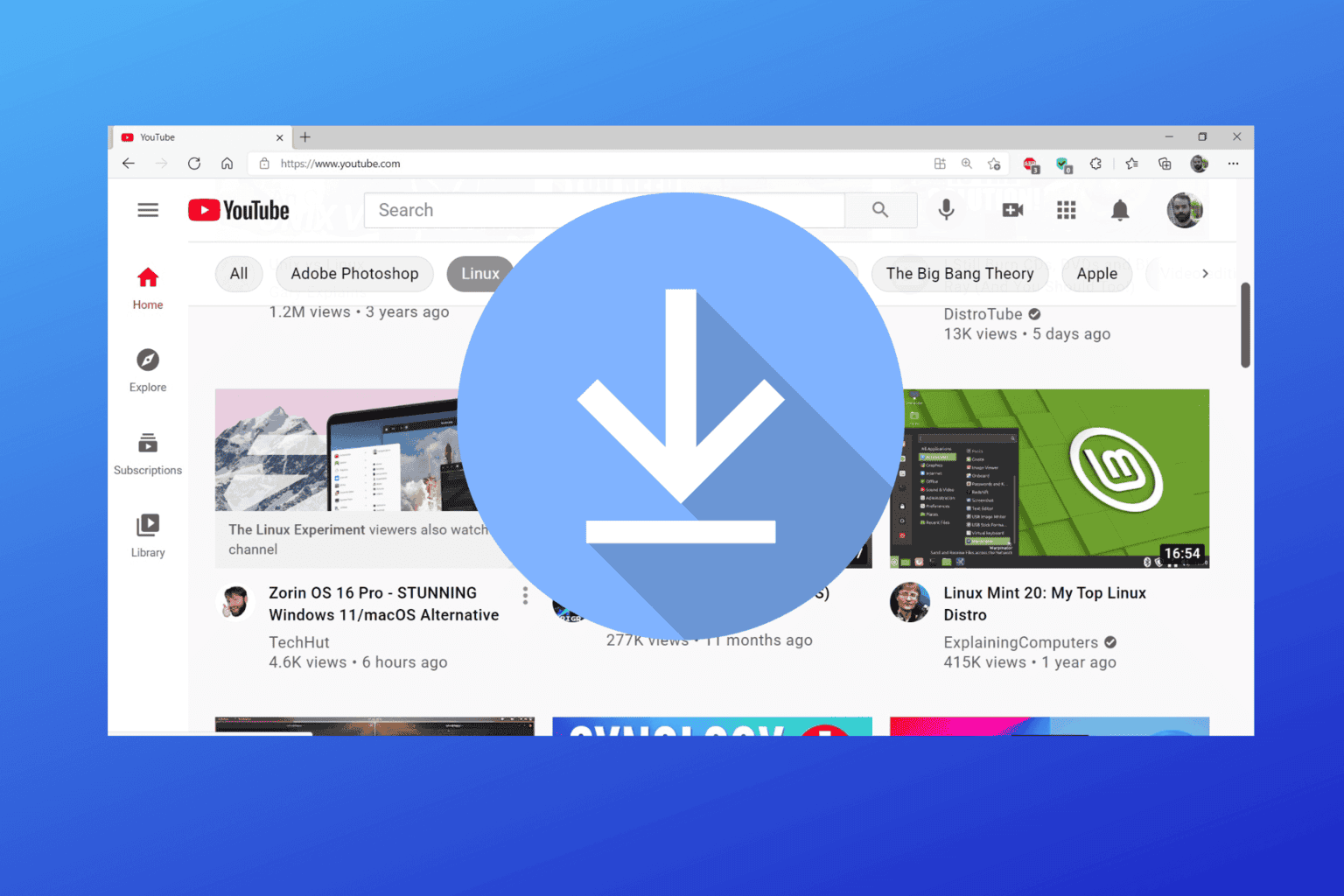
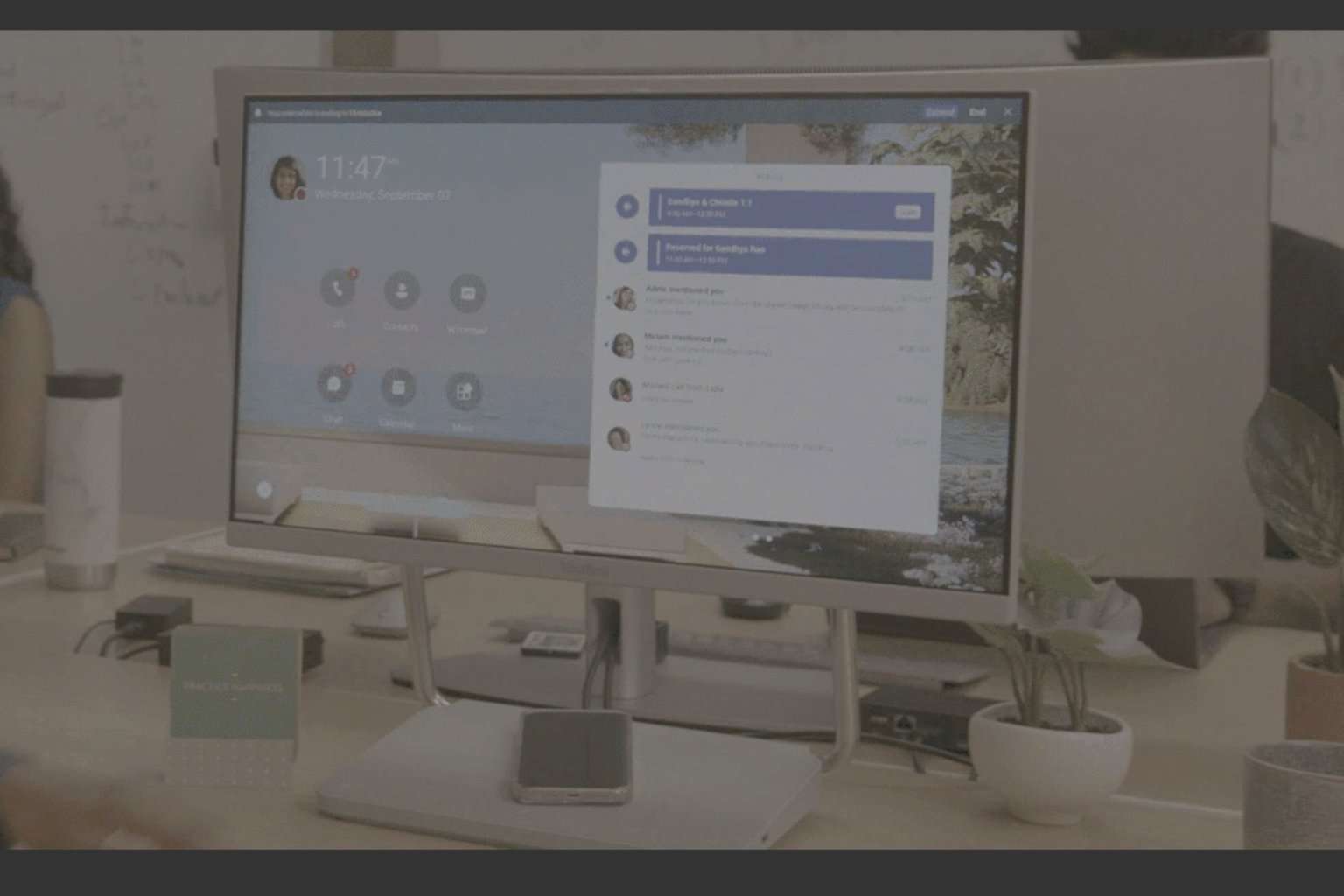
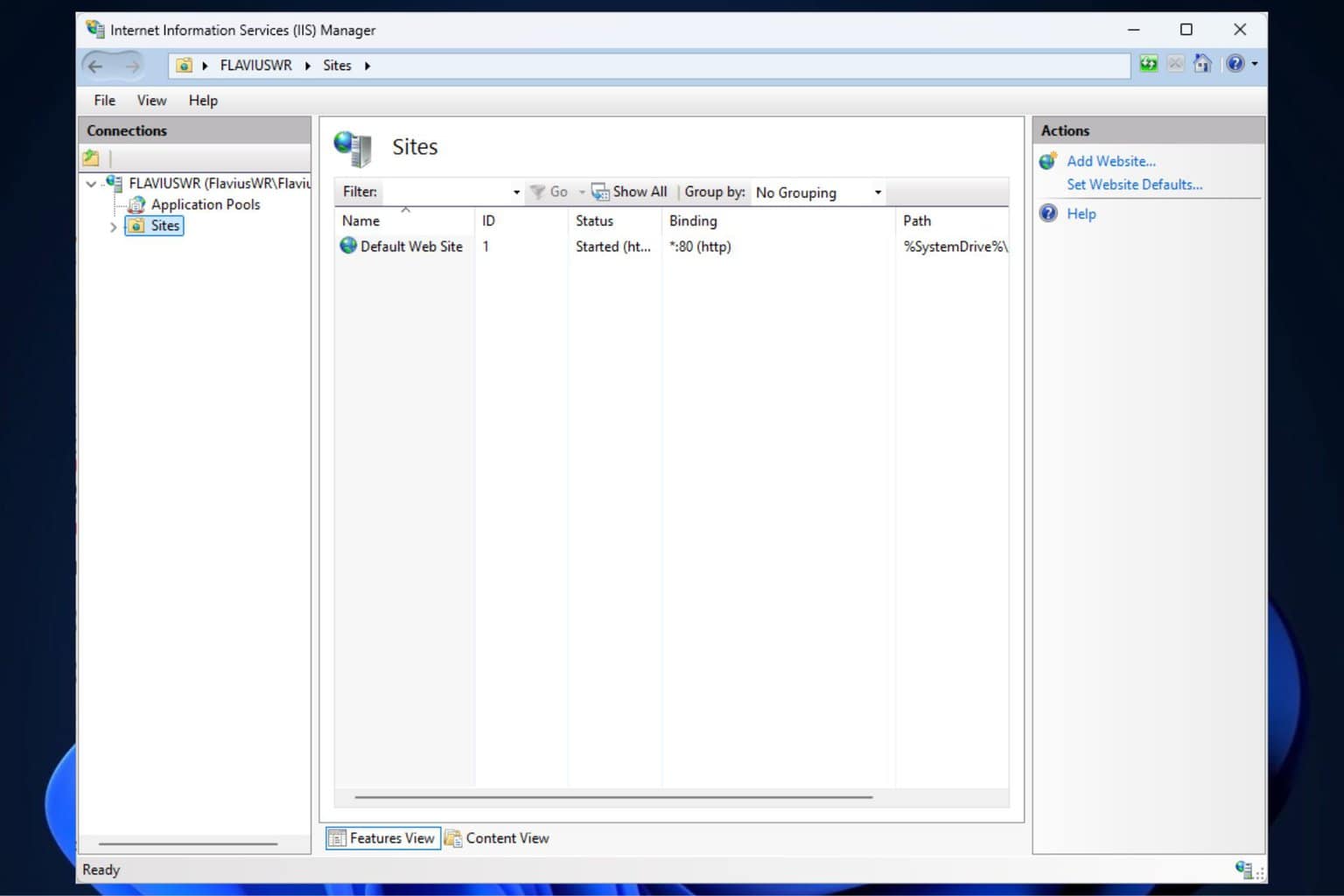

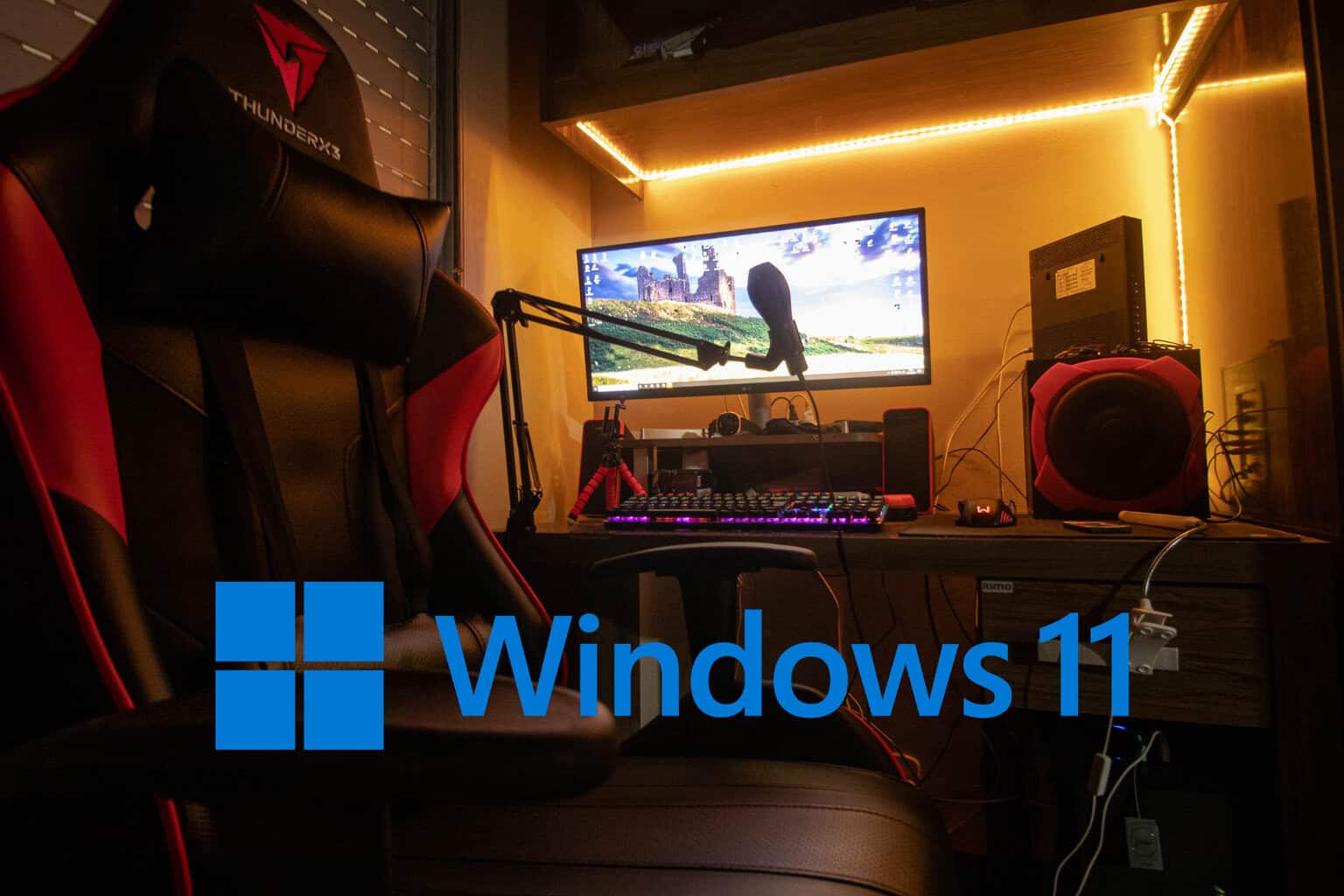
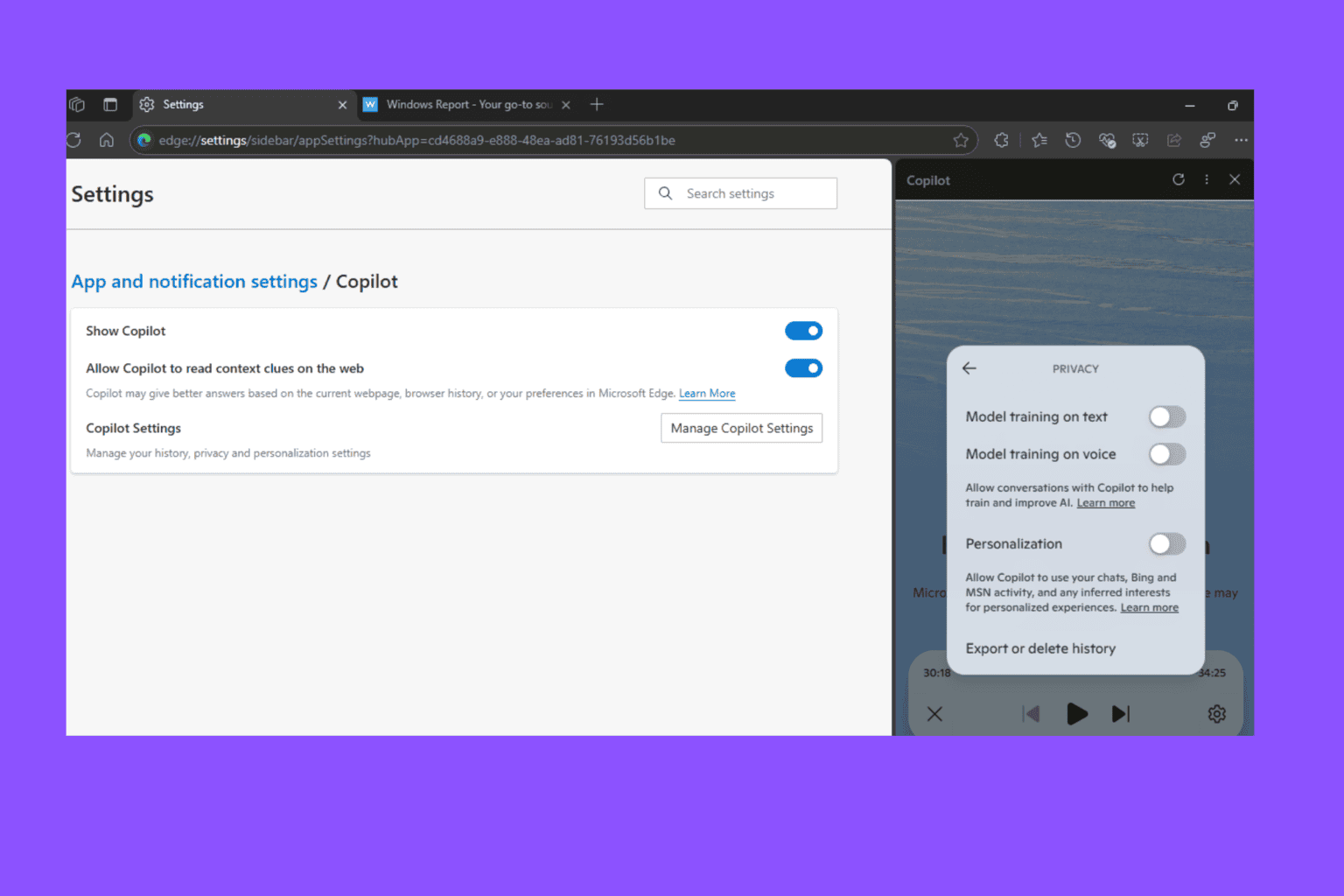
User forum
0 messages